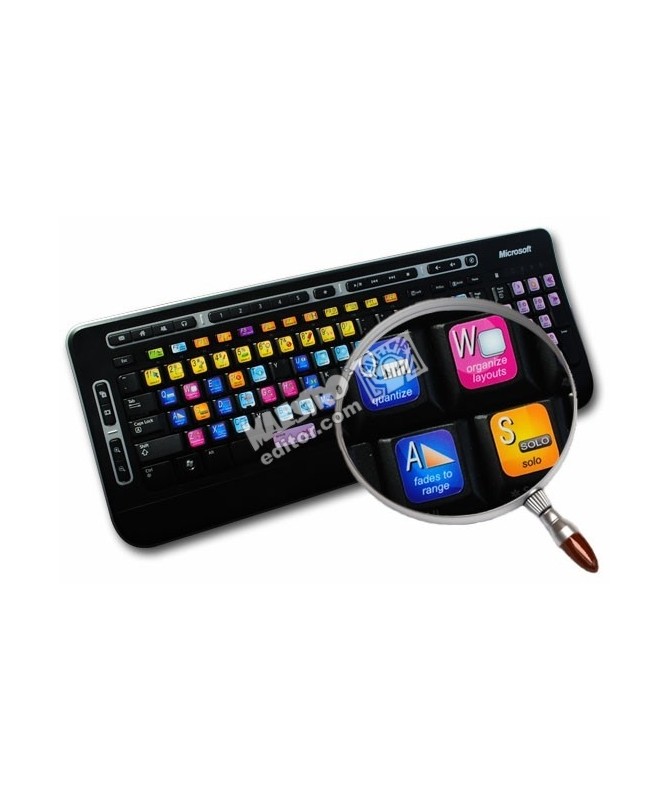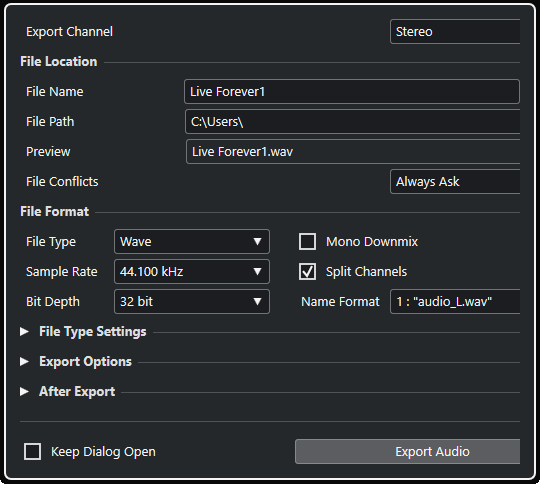


However, the Renderer now has a binaural downmix option that creates an accurate three dimensional sound field through just two channels.īeing binaural means the system relies on your headphones being calibrated for a flat, natural response, which is perhaps why Steinberg has added Headphone Match to Nuendo. This time-saver automates the process of converting a multi-channel mix into a Dolby Atmos mix, although most projects will still demand some specific tweaks once the Assistant has done the bulk of the work.ĭolby Atmos support may seem a bit redundant if you don’t have a surround monitoring system. Nuendo 11 saw the introduction of a complete Dolby Atmos mixing pipeline, which in Nuendo 12 has been improved with the new Setup Assistant for Dolby Atmos tool. Steinberg Nuendo 12’s Dolby Atmos setup assistant Mixing and monitoring Multiple filters can be combined too, helping you focus on just the clips that you need to work on. Most notably, the tool now includes a search system that allows you to filter the list of cue markers based on the attributes of those markers – character name, scene number, voiceover artist, etc., etc. Once converted into markers, the ADR data can be used with Nuendo’s ADR Taker, a tool that helps one manage overdubbing sessions, and this too has been given some attention in Nuendo 12. Not only does this massively simplify the process of creating subtitle data that is accurately synced to the dialogue, but you can also include other TTAL metadata that can switch on-screen notices on and off, for instance. Furthermore, Nuendo can now import marker data from, and export it to, Netflix’s TTAL script format.

The network ADR API used by Nuendo can also be harnessed by other applications so that, for example, changes made by a project’s script editors or language translators can be sent directly into Nuendo for the sound team to deal with. At the most basic level, this support allows an EdiCue PDF cue list to be imported into Nuendo and converted into cycle markers, but the integration can be taken much further: With EdiCue running on the same computer, or on a computer connected to the same local network as Nuendo, data can be transferred and synced directly between the two applications. New here is support for Sounds In Sync’s EdiCue v4 software, widely used for managing ADR and cue management in TV and film production projects.

If your project does have an existing ADR script, Nuendo can import this and create marker tracks from it. Steinberg Nuendo 12’s headphones matching feature This is especially helpful if you are working on a project for which there is no existing ADR script available. From here, a new Create Markers From Events tool will create markers corresponding to each clip and can auto-set marker attributes using information derived from the clip – track name, timecode, scene number, and so on.


 0 kommentar(er)
0 kommentar(er)
